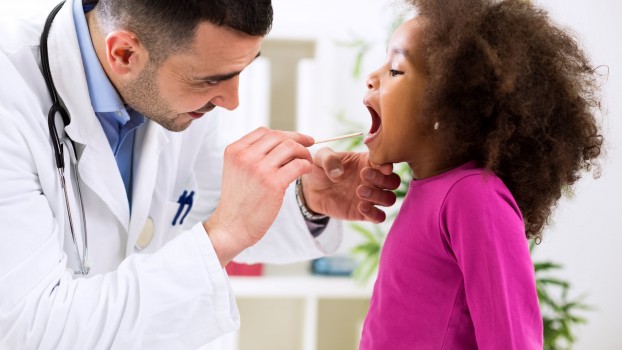You are looking at an archived version of our site. Please visit thepcc.org for a fresh, new experience!
You are here: Array » Open Wide: Medical Edu ...
Open Wide: Medical Education With Real Teeth
Untreated oral health issues can wreak havoc on health and well-being, yet medical schools have historically taught little about them. Now, some leaders are determined to change that.
None
Oral health problems can cause horrible pain and great expense. What’s more, research suggests there are connections between an unhealthy mouth and a range of systemic health issues, including stroke, heart disease, preterm labor, and the progression of diabetes.
Yet many medical school students have not learned much about identifying dental problems or oral manifestations of systemic disease—or the importance of counseling patients to care for their teeth. In 2009, for example, nearly 70% of responding medical schools offered fewer than five hours of oral health education, according to a study published in Academic Medicine.
A medical student stands next to her patient, who is lying down. The student is picking up a tool to examine the patient’s mouth. Three other students observe.
VTC School of Medicine students (left to right) Mira Tanenbaum, Caleb Hubbard, and Dan Park learn how to perform an oral health exam and apply fluoride at Carilion Clinic’s Dental Care practice. Credit: Ryan Anderson
Now, a handful of medical schools, teaching hospitals, and professional organizations are spearheading efforts to bridge the medical-dental divide. From weaving oral health into existing curricula to partnering with schools of dentistry, medical educators are working to put the mouth back in medicine.
Recent News
August 16, 2024
August 12, 2024
July 16, 2024
May webinar highlights: “The Commercial Market: Alternative Payment Models for Primary Care” Nate Murray explains w… https://t.co/KX9Wi2w6oY —
2 years 6 months ago
@CMSinnovates’ primary care strategy is rooted in a 2021 @theNASEM’s report which called #primarycare “foundational… https://t.co/glbPxvCysg —
2 years 6 months ago
@CMSinnovates has a new #primarycare strategy, envisioning “ACO-based primary care model tests that may focus on pr… https://t.co/aJGF1z411l —
2 years 6 months ago
- Page 1
- ››
Secondary menu
Copyright © 2024 Primary Care Collaborative




